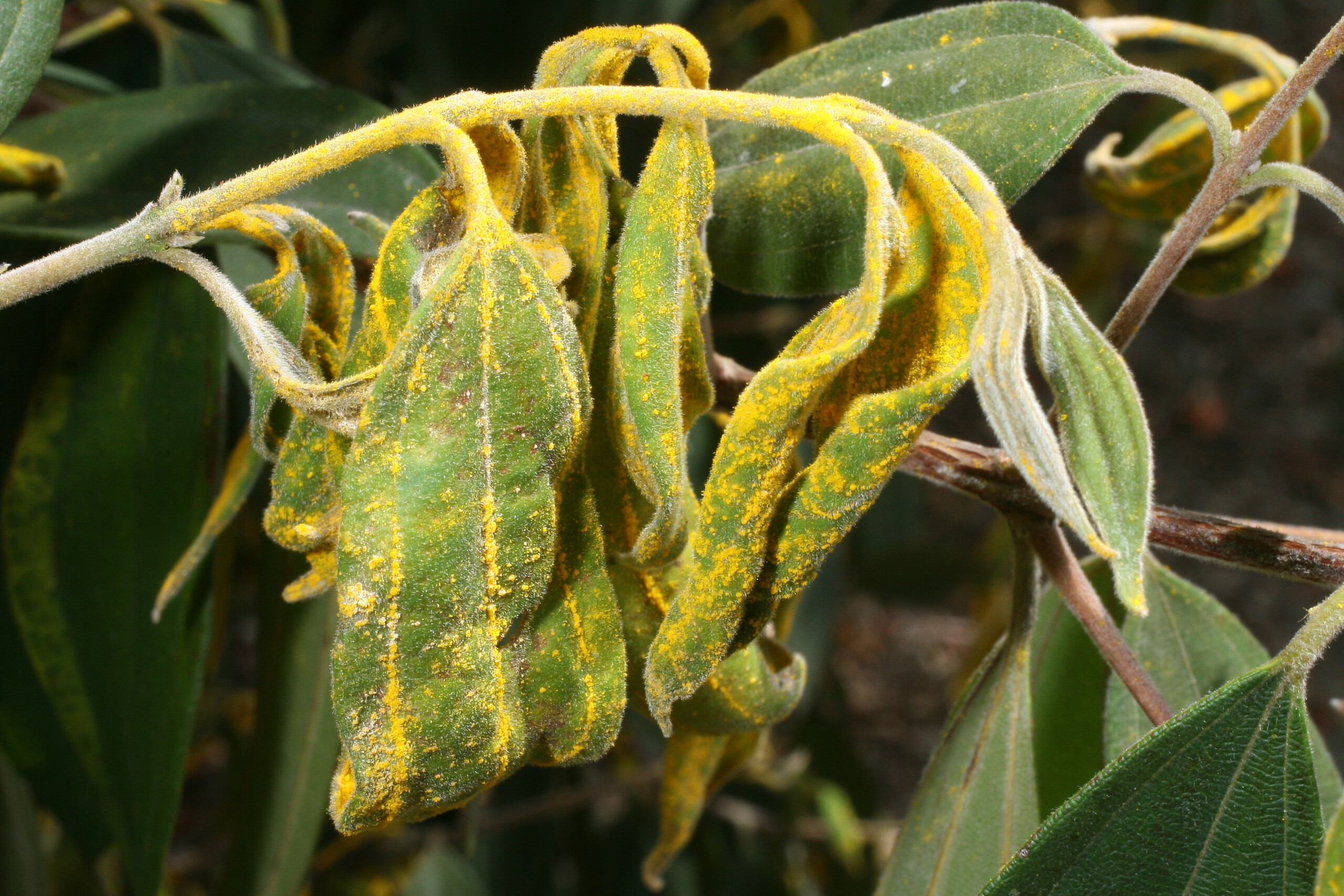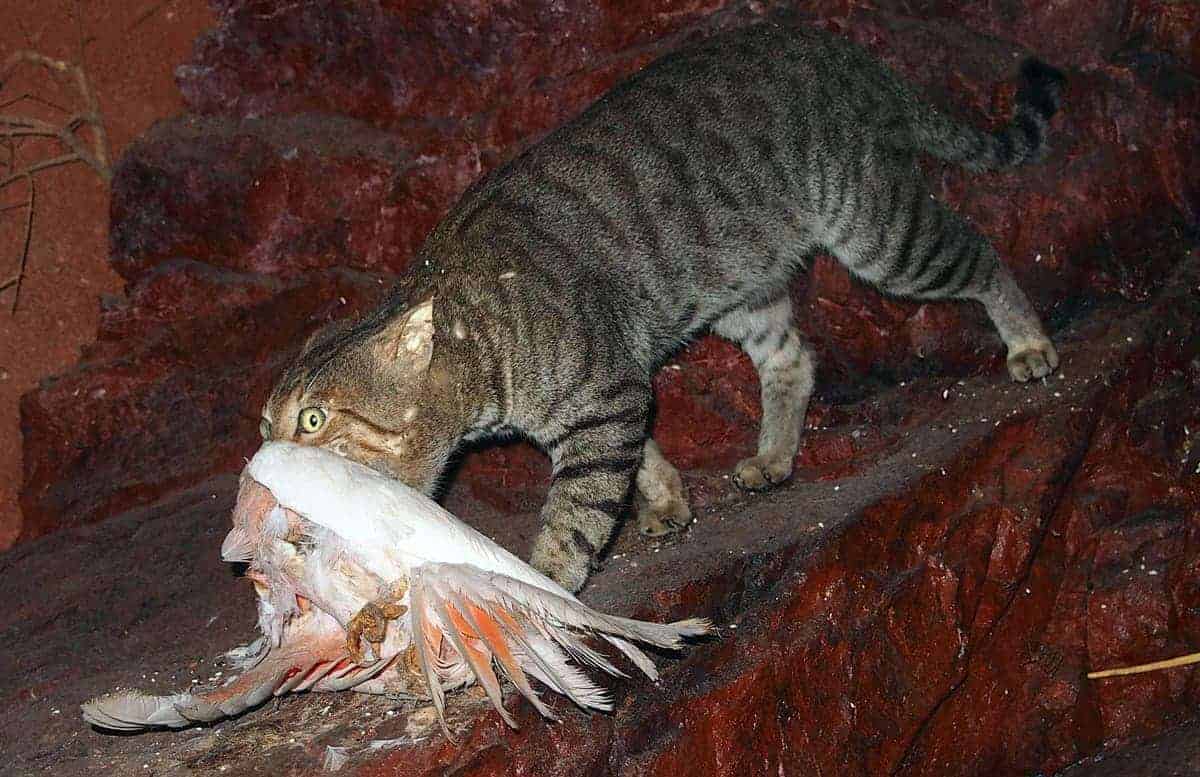The Invasive Species Council is warning the decision to end efforts to eradicate the polyphagous shot-hole borer in Western Australia could put the rest of the country at risk.
The Council says the challenge now falls to all Australians to prevent this destructive beetle from spreading nationwide.
‘This is tragic news not just for Western Australia, but potentially for native trees, towns and cities, and the horticultural industry across the entire country,’ Dr Carol Booth, Invasive Species Council Policy Director said.
‘15 native tree species in Western Australia have already been identified as highly or very highly susceptible to the polyphagous shot-hole borer – including iconic species like figs, paperbarks, banksias and eucalypts. Another 23 species are moderately susceptible, and that’s just in the Perth region. It implies hundreds of native species across the country could be at risk if the borer spreads.
‘We are also gravely concerned about the loss of urban trees, which provide vital habitat, shade, beauty and health benefits in our cities and towns. The environmental and social toll could be immense.
‘Now that eradication is off the table, the priority must be stopping the borer from spreading beyond the Perth region.
‘We need coordinated efforts and strong containment measures in place to protect forests, bushland and urban trees across the rest of Australia.
‘There must be substantial funding dedicated to investigating and managing the potential environmental impacts – not just the risks to horticulture industries.
‘We also urgently need to invest in research to develop more effective control options.
‘We need to learn from this failure. An independent, transparent review is needed to assess whether more could have been done sooner – whether there were delays, missed early detection opportunities, or gaps in public support.
‘This beetle was one of Australia’s top biosecurity prevention targets. The regular arrival of harmful new invaders shows our prevention systems are not strong enough.
‘Much has been learned from this response – about the beetle’s behaviour, host species, management approaches and community engagement. That knowledge will be essential for living with and containing this pest in the future.
‘But we must not let this outcome be used to justify giving up on future eradications. With stronger prevention, earlier detection, and better public engagement, we can – and must – do better next time.’
Media inquiries: (02) 8006 5004
Background
- The polyphagous shot-hole borer is a tiny beetle (less than 2 mm long) that damages trees and spreads a Fusarium fungus that, in combination with the beetle, can kill its host trees.
- The beetle is a ‘fungus farmer’, burrowing into trees and sowing fungal spores that they carry in a special pouch in their mouthparts. These spores grow to become food for their young.
- How the beetle arrived in Australia is unknown but may have entered within wooden products or wooden shipping materials. It was first detected by a member of the public in garden trees in suburban Perth, and reported to the Western Australian Government in August 2021.
- The trees that have so far proved highly susceptible to the beetle and its fungus include swamp paperbark, river sheoak, Moreton Bay fig, Park Jackson fig, wedding bush, sea hibiscus (see HERE for the list).
Photo credit: DPIRD.







